This Super-Detailed Diagram Site Has Saved Me on So Many BMW Projects
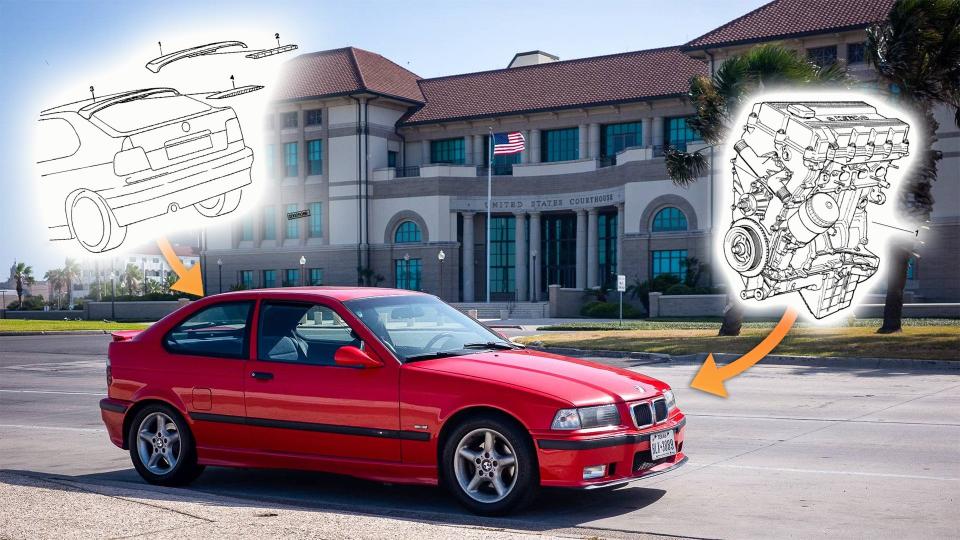
I've owned my 1997 BMW 318ti going on 11 years and I've taken the odometer past 215,000 miles on the original engine and transmission. I could not have come anywhere near that mile mark and length of ownership without the help of friends, family, and fellow BMW fans on the internet. Forums and YouTube are obviously the first line of defense for owners of old BMWs (poor schmucks) but I want to share another online resource that's been a huge help to me: RealOEM.com.
This precious and, most importantly, free site has saved me more times than I can count with parts and component diagrams that I read closely. It helps me source replacement parts for maintenance and repairs, or to learn about my 318ti and its M44 engine in general. Really, who doesn't love a good diagram?
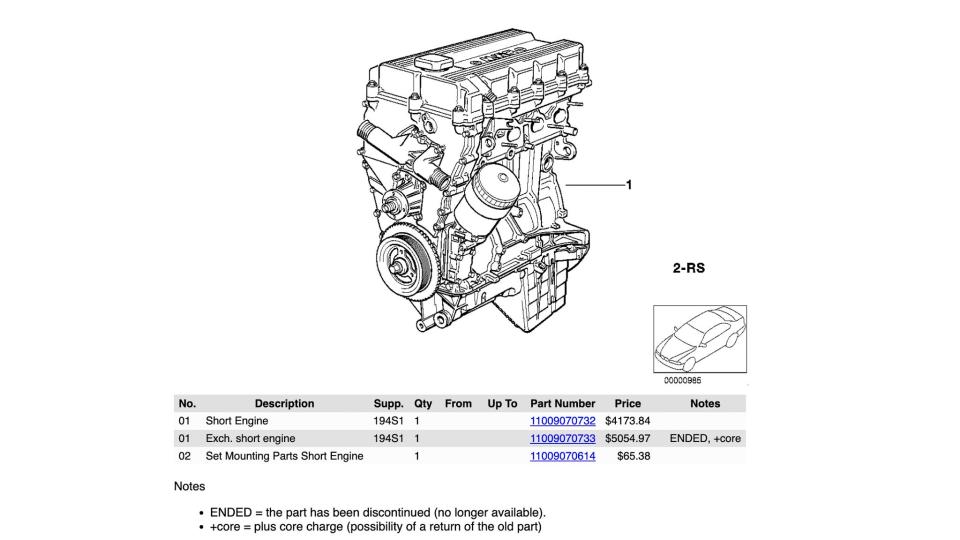
RealOEM also has a portal for other makes, but I've only used it as a reference for BMWs. There's even a choice to look up diagrams for BMW motorcycles as well as cars, which I have only skimmed in anticipation of one day owning the blue BMW Motorrad counterpart to my red BMW hatchback. Red and blue. What can I say? I'm a child of the '90s, a real Poké-freak. But back to RealOEM.
All you have to do once you hit the landing page, which seems quaint in our modern age of the internet, is proceed to the parts catalog via the prominent hyperlink. The landing page already hints at the beauty in store for you with a cutaway illustration of a BMW engine. My colleague Nico DeMattia tells me it could be an M60 V8, which powered the last great 7-Series, among others. Bonus points if you can correctly guess what the mystery engine on the landing page is.
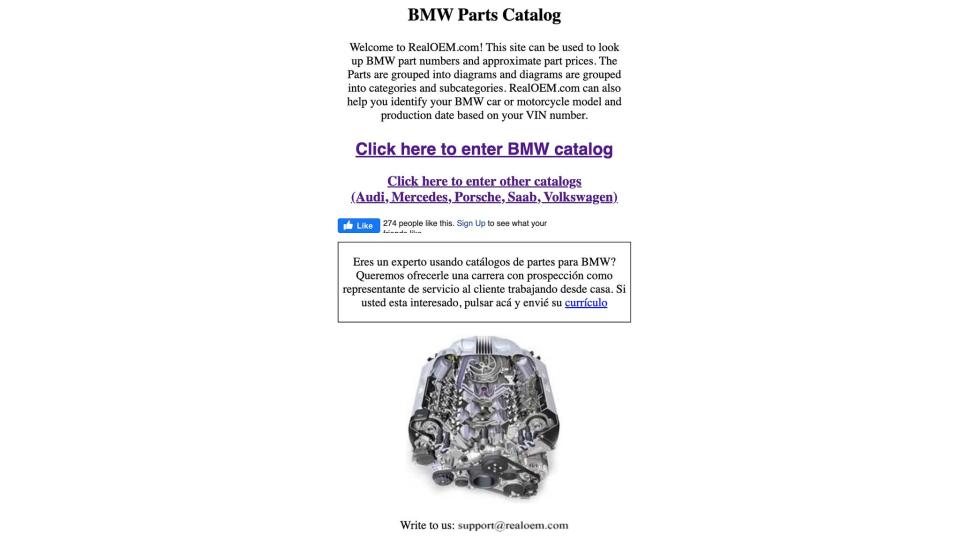
To get to the parts catalog, you click on the car you want from the rows of menus. In my case that would be "3' E36 (1989-2000)." Then, you choose a body type, model, market, and production month. That sounds like a lot of steps but it's not hard to follow once on the page. Oh, and the production month of your car can be found on the door jamb where the VIN and tire pressure info goes.
That said, you can also input the last seven digits of your VIN to get to your car's diagrams quickly. Or you can do what I do and memorize the vehicle code for your specific model. Most times, I just google "RealOEM+CG73" and that leads me straight to a group of diagrams for my 318ti.
After a few visits to the site, you'll easily remember your BMW's model code or number, which corresponds to RealOEM's section for your particular car. This is different than the chassis codes folks often use to refer to different generations of BMW cars, such as E34, E36, E46, E92, etc.
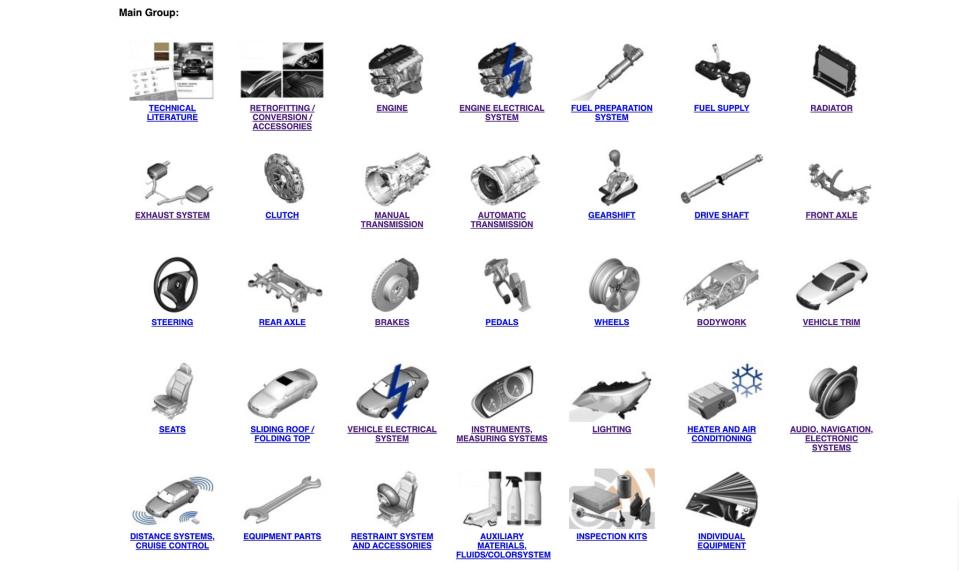
The diagrams are such a helpful tool when diagnosing defects and looking up parts, no matter how small. Each meticulous component in the exploded illustrations are numbered according to a list found below the diagrams. The list contains a description and official part number, which you can then use to go to Rock Auto, ECS Tuning, Pelican Parts, Bimmer Bum, or whatever your store of choice is on the internet. Thanks to the diagrams, you'll know your part number—along with any that have been discontinued and superseded by others.
In fact, many parts have actual photos attached, which you can see by clicking the tiny camera icon on the right side of the price. The diagrams don't seem to have prices that match the current cost of those same parts sold at BMW dealerships, but it's interesting (painful) to look at how these have changed from the time of a car's release.
The diagrams are also great reference material for learning how a certain part works. The black and white illustrations contain plenty of context clues to show how a part interacts with its neighbors. For example, just how a window regulator works—or doesn't. The diagrams also helped me understand how crucial the brittle plastics that BMW used for the M44 inline-four are to the engine's cooling system. Two of these plastic fittings are notorious for cracking, which can lead to devastating consequences.
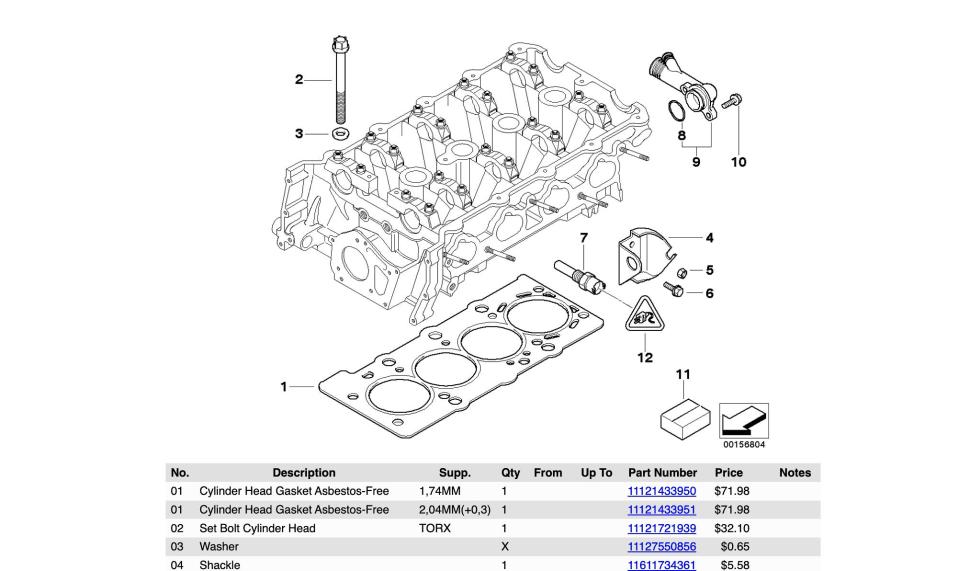
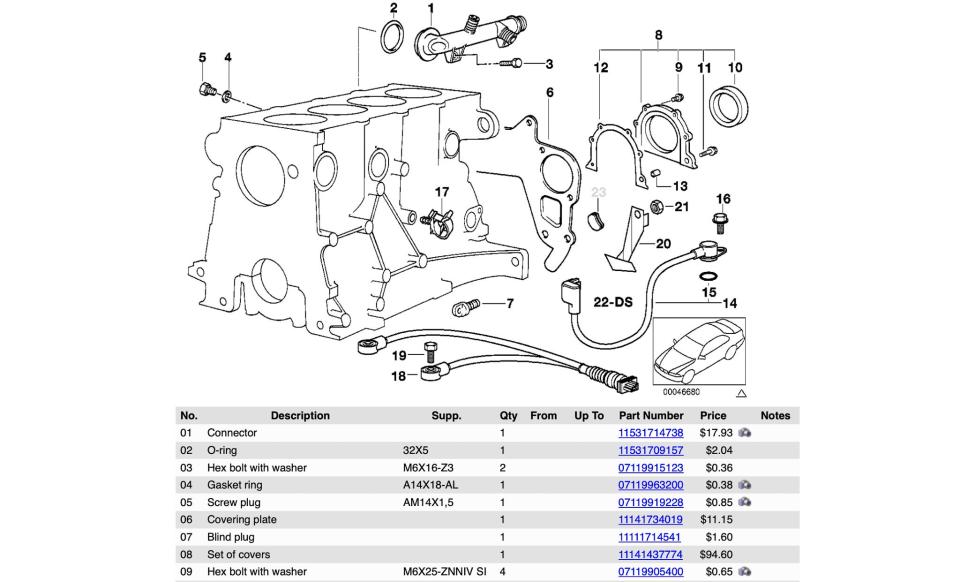
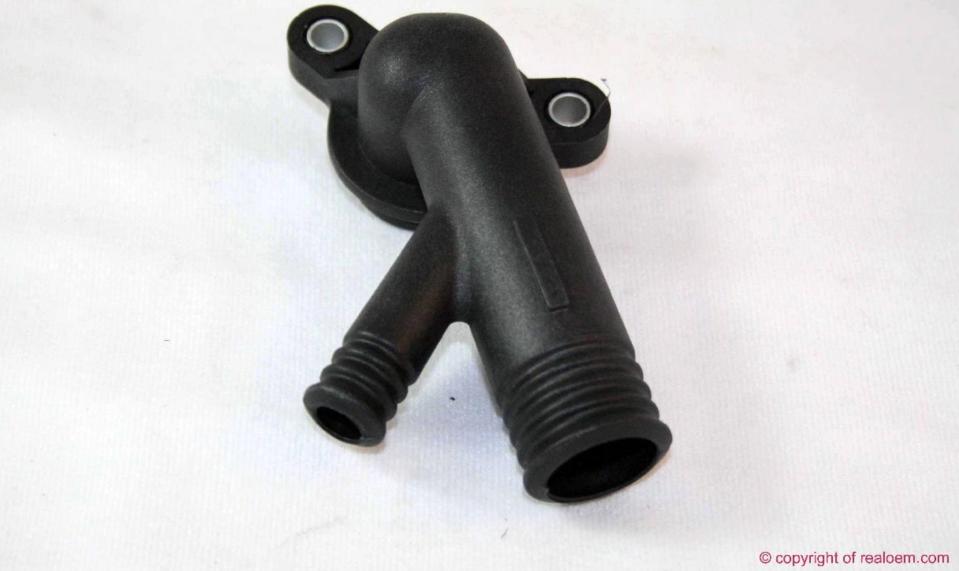
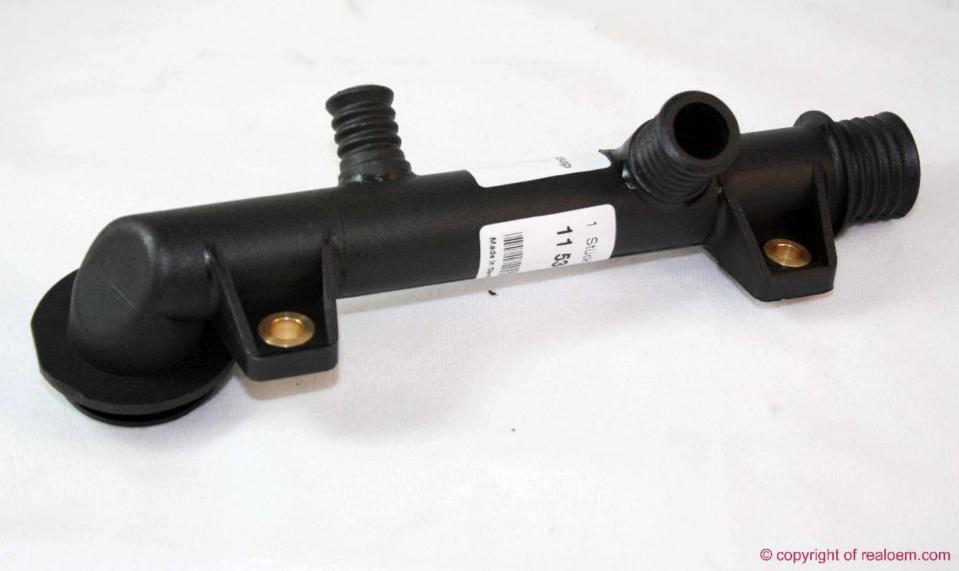
But you can also learn a lot about your car by looking at the many diagrams. For example, I had no idea there was an OEM BMW trailer that used the same exact tail lights as the 318ti. Or that there was once an OEM roof rack for the E36/5 and a roller shade for the rear glass, which would likely have been exclusive to the hatchback with its giant back window. There's even a rare rear spoiler for the 318ti that I've never seen in real life, or even outside of those diagrams, for that matter.
I'm sure there are more discoveries just waiting for me in those drawings, and a lot more part numbers to be cross-shopped when my daily needs repairs. RealOEM's diagrams will be there waiting for me and for all you long-suffering BMW owners, too.
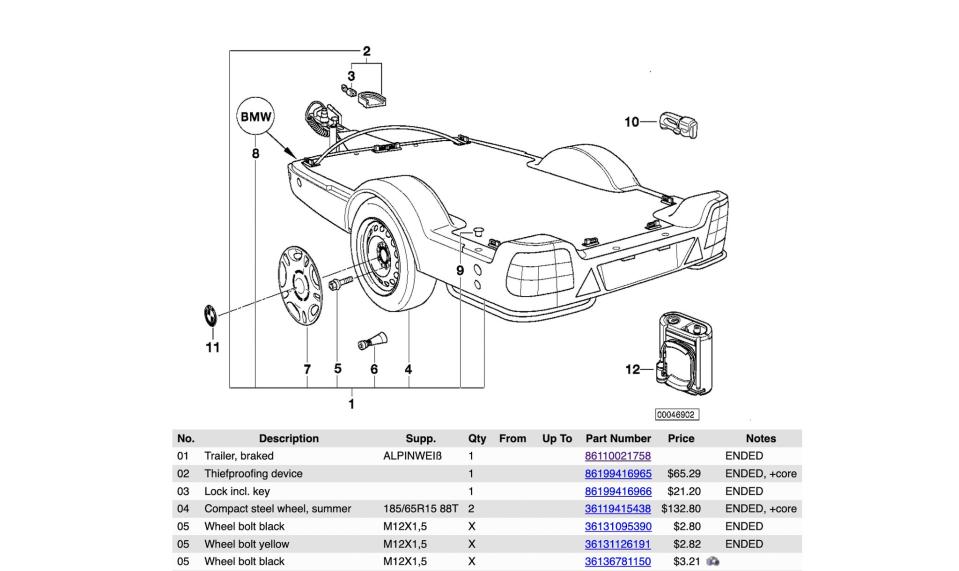
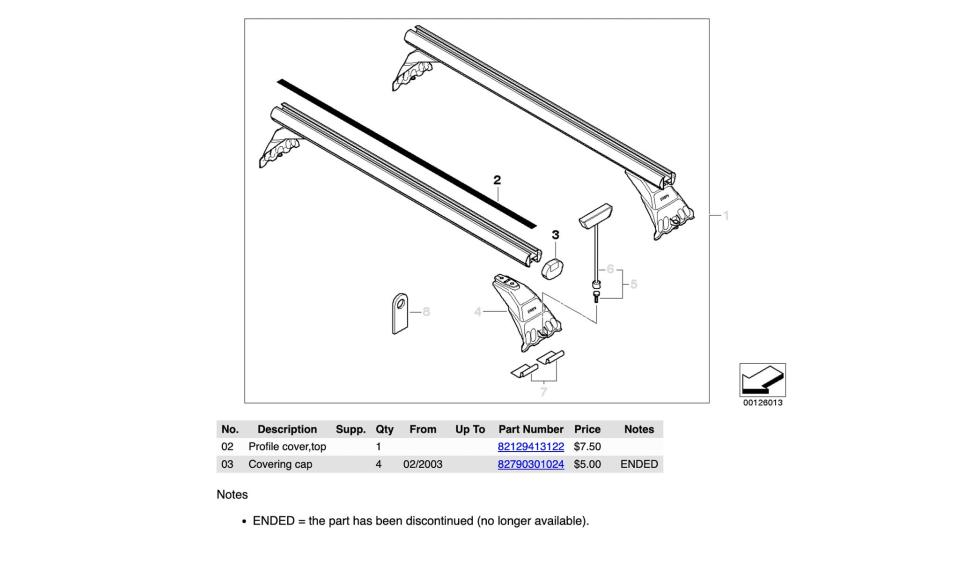
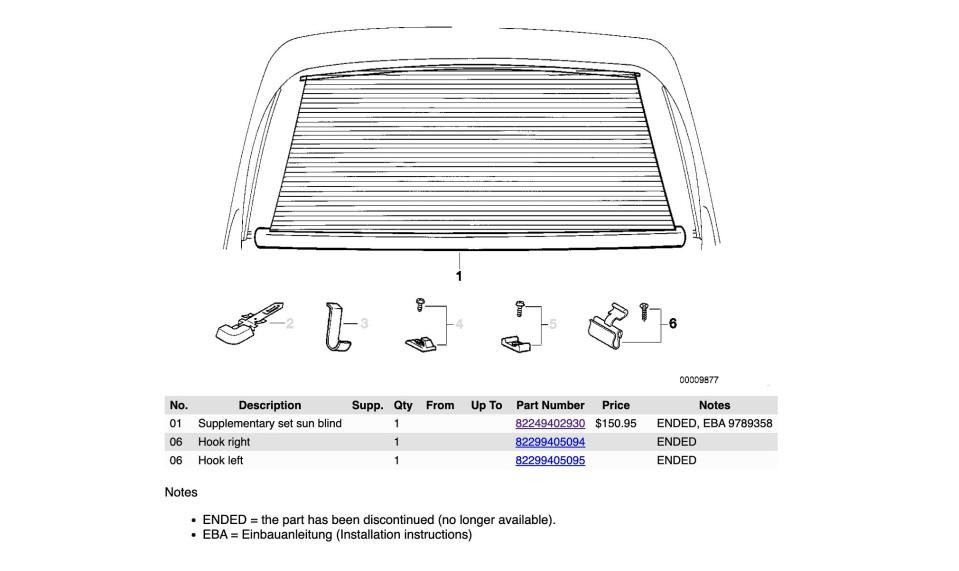
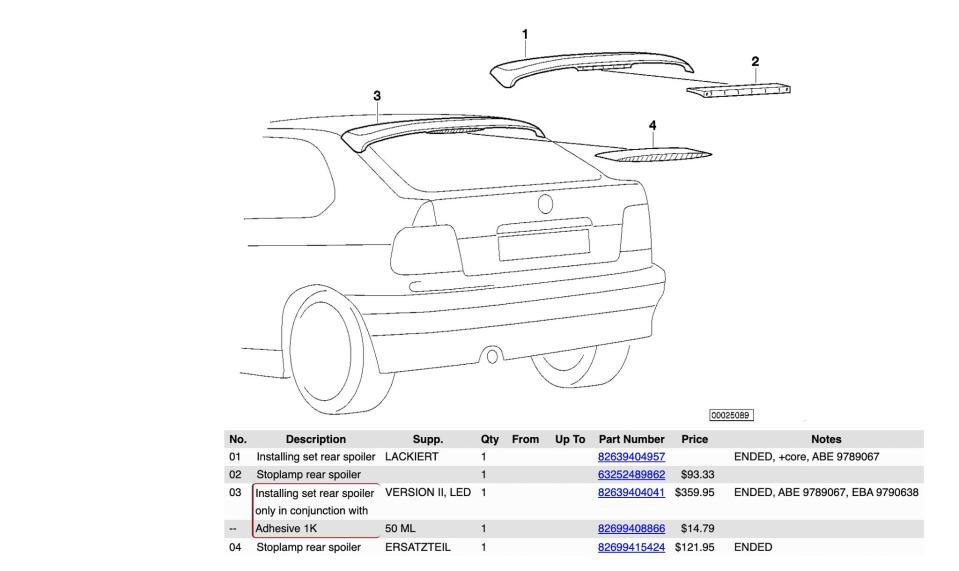
Got a tip? Email us at tips@thedrive.com

 Yahoo Autos
Yahoo Autos 